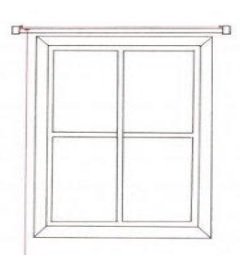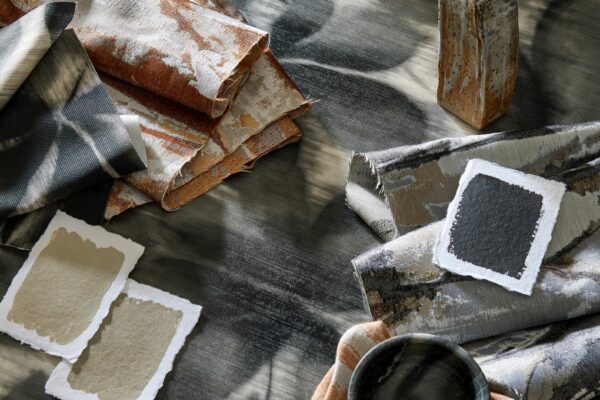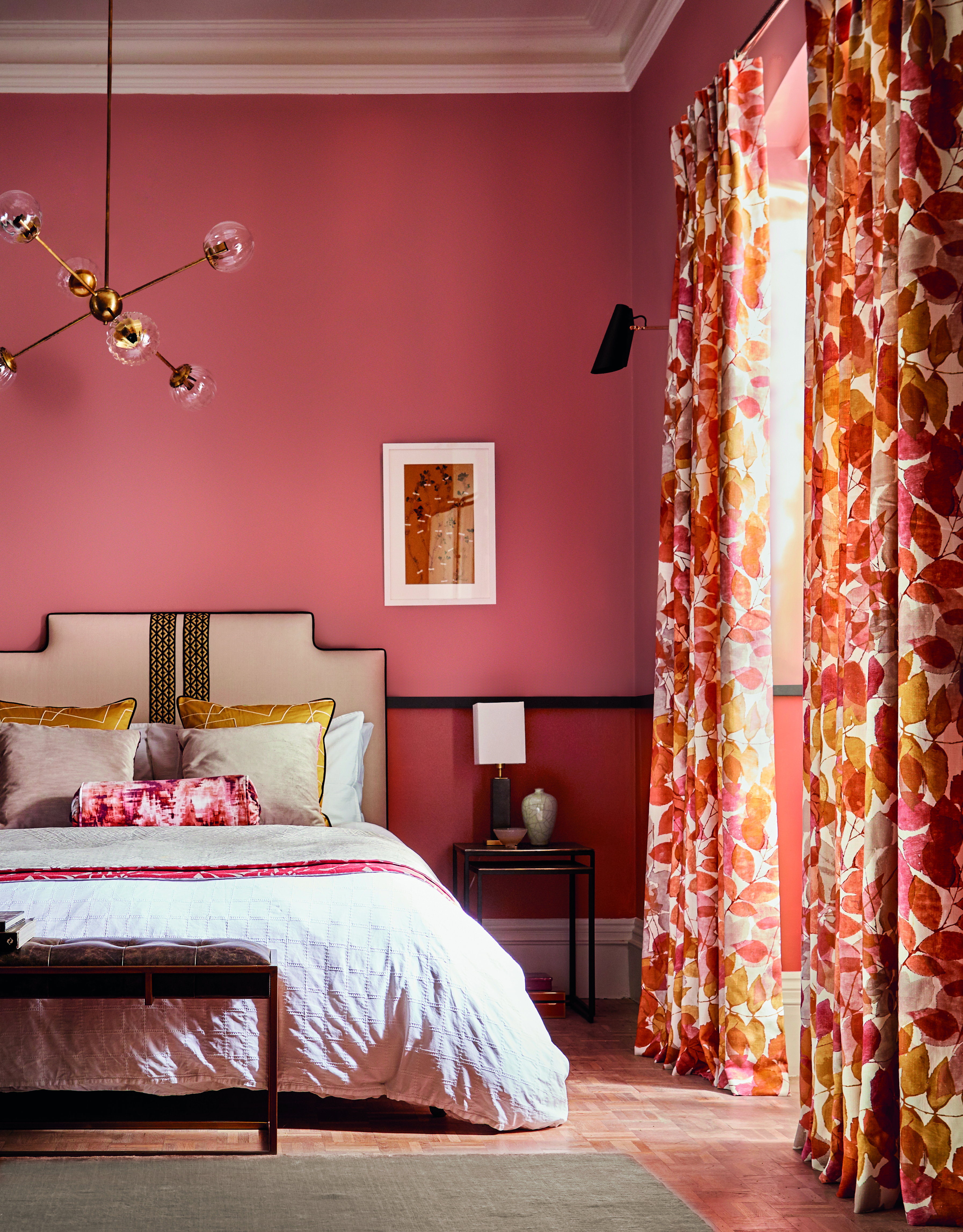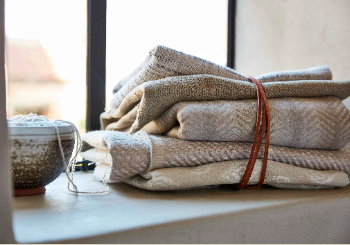All types of curtains for your home
Need curtains, but not sure where to start? Book your free consultation today, to discuss all your options.
I pride myself on making your curtain purchasing experiences as pleasurable as possible. To help you make an informed decision here are some of the important factors to take into consideration when getting a quote for your curtains.
The fullness or amount fabric used makes a difference between a curtain looking full and luxurious or skimped and lifeless we allow 100% fullness in our quotes unless otherwise specified.
The tape or heading gives you the overall style of the curtain and the look you will want to achieve.I can show you the latest styles and types of headings for your curtains.
The lining is your curtains main protector from the sun and provides insulation for your room. I use a high-quality blackout lining that provides both of these features vital for protecting fabrics from fading, insulating, improving acoustics and blackout properties. Plus, they increase the longevity of the main fabric as well as making the curtains hang well and give them substance.
Another way you may like to make your home even warmer is to use a bumph between the curtain and lining. This acts as an extra layer of warmth.
Our curtain services include
- Free measure and quote for all types of curtains and blinds
- Fully lined curtains
- Curtains with bumph interlining
- Blackout curtains
- Dimout / triple weave curtains
- Sheer / net curtains
- Shower curtains
- Curtain fabric
- Our own bespoke local sewing room
- Installation service




